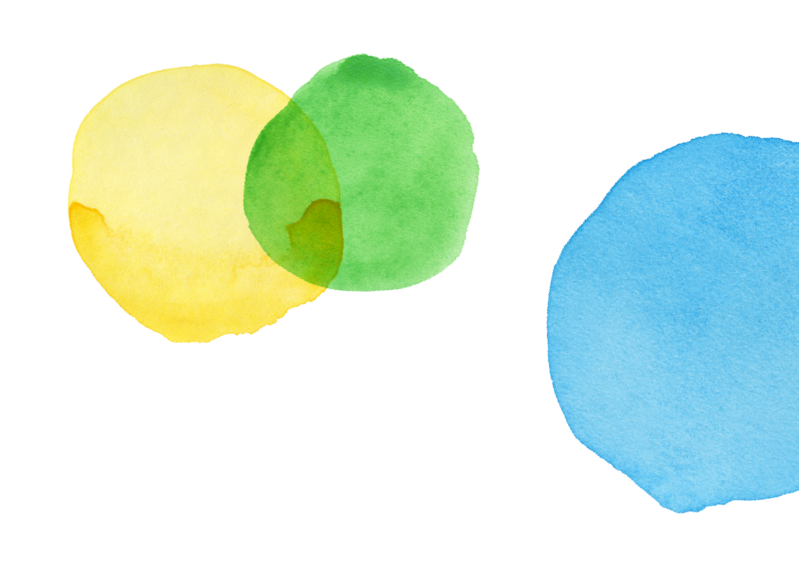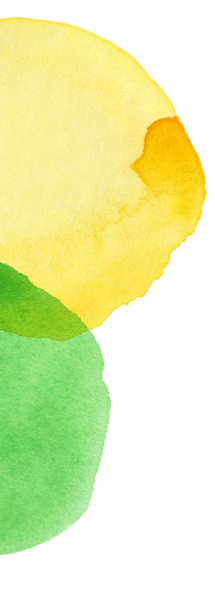Grade 6 - Claim 2 - Target 2

 Back to Results
Back to ResultsEnglish Language Arts
Target 2
Compose Full Texts
Sample Item
Grade 6Test
Claim 2
Writing
Standards
RH-1
Cite specific textual evidence to support analysis of primary and secondary sources.
RH-2
Determine the central ideas or information of a primary or secondary source; provide an accurate summary of the source distinct from prior knowledge or opinions.
RH-7
Integrate visual information (e.g., in charts, graphs, photographs, videos, or maps) with other information in print and digital texts.
RH-8
Distinguish among fact, opinion, and reasoned judgment in a text.
RH-9
Analyze the relationship between a primary and secondary source on the same topic.
RI-1
Cite textual evidence to support analysis of what the text says explicitly as well as inferences drawn from the text.
RI-6
Determine an author’s point of view or purpose in a text and explain how it is conveyed in the text.
RI-8
Trace and evaluate the argument and specific claims in a text, distinguishing claims that are supported by reasons and evidence from claims that are not.
RI-9
Compare and contrast one author’s presentation of events with that of another (e.g., a memoir written by and a biography on the same person).
RST-1
Cite specific textual evidence to support analysis of science and technical texts.
RST-2
Determine the central ideas or conclusions of a text; provide an accurate summary of the text distinct from prior knowledge or opinions.
RST-7
Integrate quantitative or technical information expressed in words in a text with a version of that information expressed visually (e.g., in a flowchart, diagram, model, graph, or table).
RST-8
Distinguish among facts, reasoned judgment based on research findings, and speculation in a text.
RST-9
Compare and contrast the information gained from experiments, simulations, video, or multimedia sources with that gained from reading a text on the same topic.
W-1b
Support claim(s) with clear reasons and relevant evidence, using credible sources and demonstrating an understanding of the topic or text.
W-3a
Engage and orient the reader by establishing a context and introducing a narrator and/or characters; organize an event sequence that unfolds naturally and logically.
W-3b
Use narrative techniques such as dialogue, pacing, and description to develop experiences, events, and/or characters.
W-3c
Use a variety of transition words, phrases, and clauses to convey sequence, signal shifts from one time frame or setting to another.
W-3d
Use precise words and phrases, relevant descriptive details, and sensory language to convey experiences and events.
W-3e
Provide a conclusion that follows from the narrated experiences or events.
W-4
Produce clear and coherent writing in which the development, organization, and style are appropriate to task, purpose, and audience.
W-5
With some guidance and support from peers and adults, develop and strengthen writing as needed by planning, revising, editing, rewriting, or trying a new approach.
W-8
Gather relevant information from multiple print and digital sources; assess the credibility of each source; and quote or paraphrase the data and conclusions of others while avoiding plagiarism and providing basic bibliographic...
W-9
Draw evidence from literary or informational texts to support analysis, reflection, and research.
WHST-8
Gather relevant information from multiple print and digital sources, using search terms effectively; assess the credibility and accuracy of each source; and quote or paraphrase the data and conclusions of others while...
WHST-9
Draw evidence from informational texts to support analysis, reflection, and research.
Clarifications
Performance Task (PT): In general, the PT should allow students to demonstrate deeper thinking and allow more integration of information from resources. Choosing Sources: The sources in a narrative writing PT are not only meant...
Range Achievement Level Descriptors
Evidence Required
Evidence 1
The student will write full narrative texts using a complete writing process demonstrating narrative strategies, text structures, and transitional strategies for coherence, closure, and author’s craft—all appropriate to purpose (style or point...
Item Guidelines

Depth of Knowledge
W-DOK4
Higher-level thinking is central to Level 4. The standard at this level is a multi- paragraph composition that demonstrates synthesis and analysis of complex ideas or themes. There is evidence of a deep awareness of purpose and audience. For example,...
Allowable Item Types
- Full Write
Stimuli
Passages
Informational and literary nonfiction texts: Includes the subgenres of articles, essays, memoirs, speeches, interviews, primary and secondary accounts, how-to articles, and functional reading. Stimuli for research (three or four for Grade 6) must have some references and footnotes/in-text citations resembling authentic...
Text Complexity
PT stimuli should follow the guidelines in the Smarter Balanced Assessment Consortium: English Language Arts & Literacy Computer Adaptive Test (CAT) and Performance Task (PT) Stimulus Specifications; however, the complexity of the stimuli, taken as a whole, should be at...
Key/Construct Relevant Vocabulary
Please be sure to bracket or footnote all key vocabulary that cannot be understood through surrounding context. Brackets should be used for short definitions (fewer than three words) of a word or term whereas...
Allowable Tools
Word processing tools, including spell check
Accessibility
Students will be required to read short and long stimuli, interpret information from text and/or graphic sources, and use a mouse. Students with physical impairments may need to use an adapted mouse or a...
Development Notes
When there is more than one DOK listed, DOK 3 is for machine-scored items and DOK 4 is for short-text items.


Task Models
Task Model 11

Item Types
Full WriteDepth of Knowledge
W-DOK4
Target Evidence Statement
The student will write full narrative texts using a complete writing process demonstrating narrative strategies, text structures, and transitional strategies for coherence, closure, and author’s craft—all appropriate to purpose (style or point of view in a short story).
Task Description
Narrative Writing: Create a narrative writing assignment that flows naturally from the research scenario given in the Student Directions (see “Task Description” above). A narrative assignment must provide the following information: A purpose for writing A conflict...

